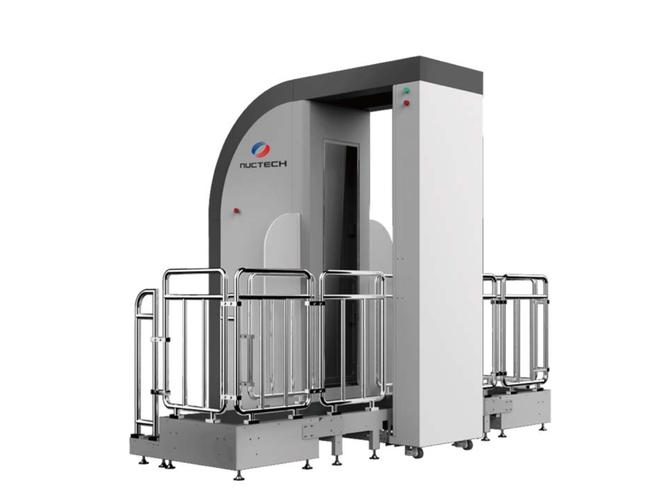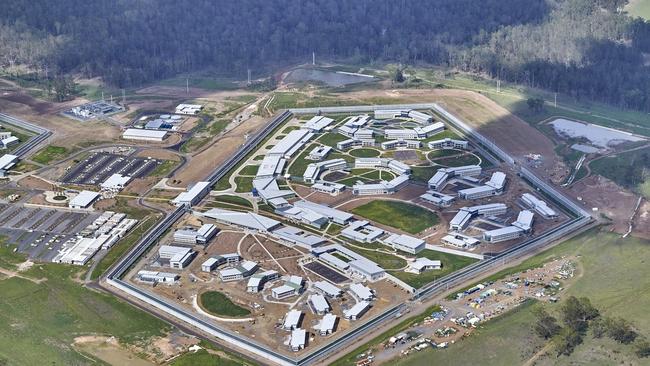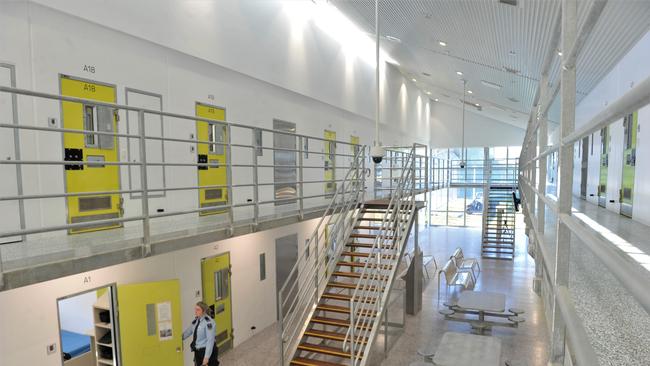Clarence Correctional Centre’s body scanners find cancer in prisoner
The revolutionary full body scanners at the state’s newest jail may just have saved a prisoner’s life as he was part of the first group of inmates to move into Clarence Correctional Centre at Grafton.
Police & Courts
Don't miss out on the headlines from Police & Courts. Followed categories will be added to My News.
The revolutionary full body scanners at the state’s newest jail may have saved a prisoner’s life by revealing signs he has prostate cancer.
The man was among the first inmates being moved from the old Grafton Jail to the state-of-the-art Clarence Correctional Centre at the weekend where they must walk through scanners designed to see if they have anything hidden inserted inside their body cavities or injested, making it impossible to smuggle anything in.

At least nine out of the 90 inmates were found to have swallowed balloons containing contraband and one showed unusual signs which are now being investigated as possible prostate cancer.
“It goes to show how good these machines are and that’s why it is important that we roll them out to all the jails,” Counter Terrorism and Corrections Minister Anthony Roberts said.
The man is now undergoing medical tests while the inmates who were found to have injested balloons are in clinic cells where staff are waiting for them to eject the balloons so they can see what is in them.

MORE NEWS
Maligned Millennials to modern day COVID-19 heroes
$1m damage after teen girl ‘burns down’ own home
What chicken heiress Jess Ingham’s sparkler is really worth
Australia’s largest prison, the 1700-bed Clarence was opened on June 25 and Clarence Correctional Centre General Manager Glen Scholes said it had the “best security systems in the country, if not the world”.
It features bullet proof glass windows with no bars and visitors will also have to use the full body scanners as well as undergo touch personal identification checks including drivers’ licence, fingerprints and retinal scans.
Prisoners began transferring to the new correctional centre from jails around the state from July 1.

Private operator SERCO has the contract to manage Clarence jail for 20 years. It will include a 1,000-bed male maximum security facility; a 300-bed female maximum security facility; and a 400-bed male minimum security facility.
The non-medical X-ray scanners first detect then generate an image of a contraband item concealed in a body cavity or under clothing, reducing the need to conduct strip searches and providing conclusive evidence of contraband, most of which are drugs, mobile phones and weapons.
A Serco Australia spokesperson said there were four x-ray body scanners at the jail.
“Correctional officers operating the machines do not have training to detect medical issues,” they said.
“During the scanning process, correctional officers seek medical staff opinions where an anomaly is detected to understand whether it’s a natural or unnatural item.
“In one inmate’s case, it was determined that further medical investigation was required.”
